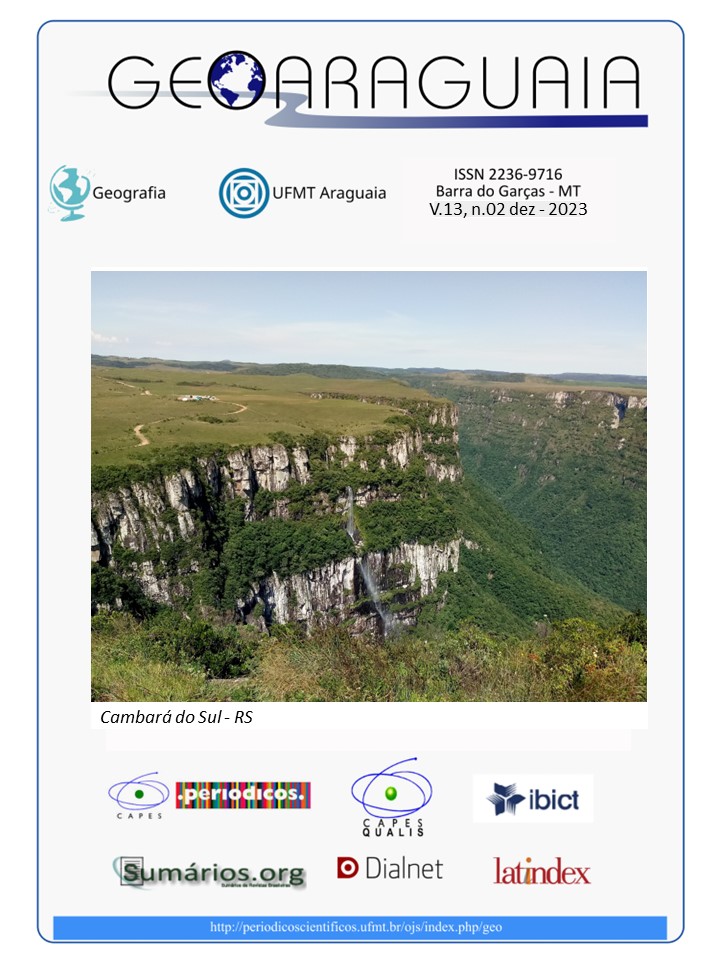Assessment of physics soil properties, landform and land use for mapping potential areas for groundwater recharge on the Mogi Guaçu river banks
Keywords:
Fuzzy logic, Groundwater recharge zoning, Topographical Wetness IndexAbstract
In Brazil, Mogi Guaçu River is inserted in the one of the most important hydrogeological provinces, populous and economically developed. Although essential to freshwater sustainably manage, analysis of water recharge zones is difficult, complex, time-consuming and expensive, because require further information regarding soils and the relationship with the landscape, rainfall and vegetation. This study aims to develop fuzzy logic models for the groundwater recharge zoning in a sub-basin located in the Mogi Guaçu River banks. The spatial variability of soil attributes was determined through ordinary kriging. For the topography, the Topographic Wetness Index (TWI) was considered. The analysis of vegetation cover was represented by the Normalized Difference Vegetation Index (NDVI). Were generated and tested models with 3 different groups of input variables: 1 – soil indexes; 2 – soil indexes + TWI; 3 – soil indexes + TWI + NDVI. The development of fuzzy logic models with input variables representing the soil, landscape and vegetation was the most effective in the complex recharge mapping, characterizing consistently the saturated hydraulic conductivity obtained from field.
Downloads
Published
How to Cite
Issue
Section
License
A Revista Geoaraguaia poderá solicitar alterações de ordem normativa, ortográfica e gramatical, com vistas a manter o padrão culto da língua. Se necessário, alguns ajustes normativos podem ser feitos pela revista, porém respeitando o estilo dos autores.
As provas finais não serão enviadas aos autores.
As opiniões emitidas pelos autores dos artigos são de sua exclusiva responsabilidade.





 A revista
A revista